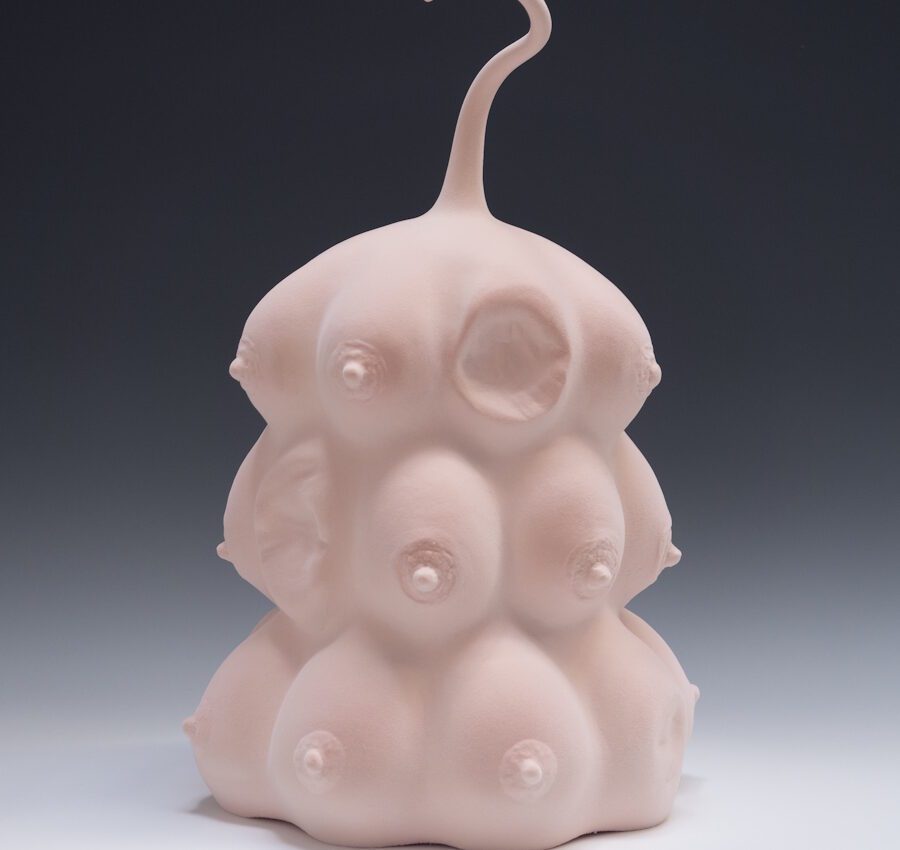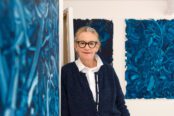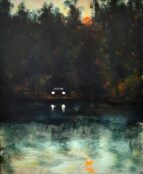Featuring over 40 works by leading women artists at the historical, and until recently men only, Garrison Chapel The Future is Female asks us to question where and why women are underrepresented in the art market. Held on the eve of International Women’s Day (March 8th) the event is a celebration of sculptural works by women with artist’s such as Charlotte Colbert, Nicole Farhi and Eve de Haan demonstrating the diversity of voices within the discipline.
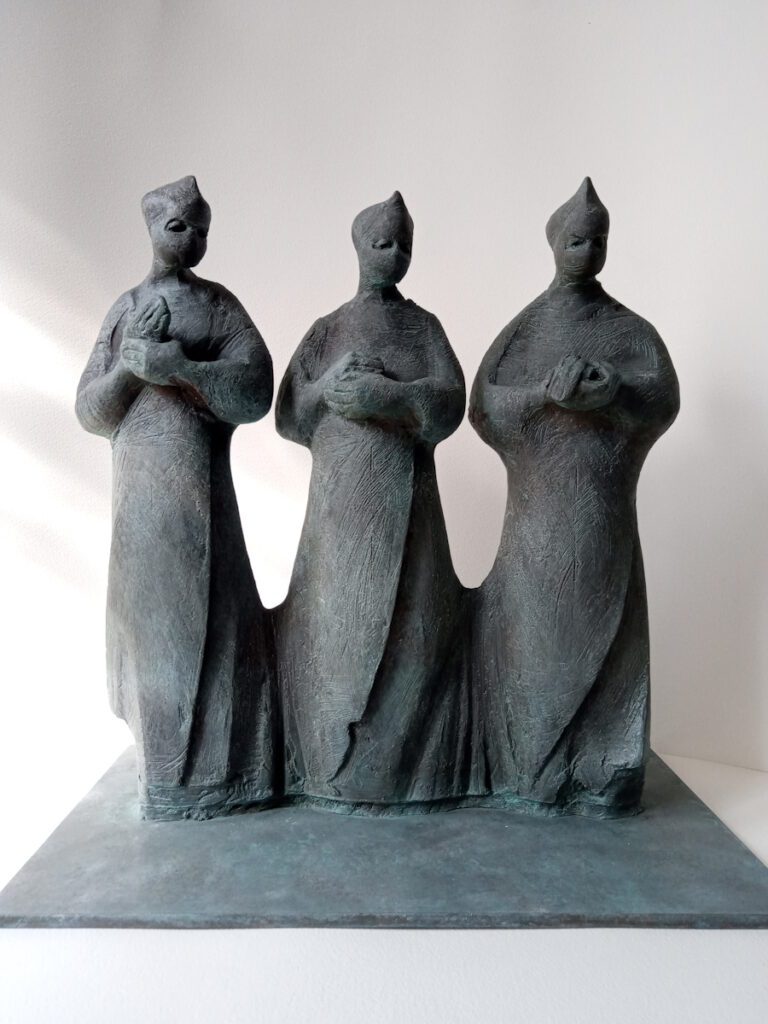
Exhibition Notes:
A trailblazing new exhibition in London will take place at London’s historic Chelsea Barracks this spring featuring over 40 artworks from leading contemporary international female artists working in sculpture.
The Future is Female opens at the historic Garrison Chapel on International Women’s Day (Friday 8 March) and runs until Saturday 6 April. Featuring sculptures from artists including: Charlotte Colbert, Nicole Farhi and Eve de Haan, The Future is Female is an exultant celebration of the diversity currently taking place within contemporary female sculpture, but also touches upon the challenges experienced by female creators in today’s art world. The Future is Female is curated, managed and supported by an all-female team.
Spanning a wide range of sculptural practices (from traditional to experimental), the exhibition offers a novel and bold exploration of the female perspective in sculpture – an art form which until the 20th century frequently portrayed the female form (think Venus de Milo or the Nefertiti Bust) even if women were rarely involved in their creation. Artworks in the exhibition such as Benefit Supervisor Breathing (Charlotte Colbert), Evonne with an E (Rayvenn Shaleigha D’Clark) and La Tenderesse (Nicole Farhi) challenge established paradigms, forcing us to think what sculpture can be and who creates it.
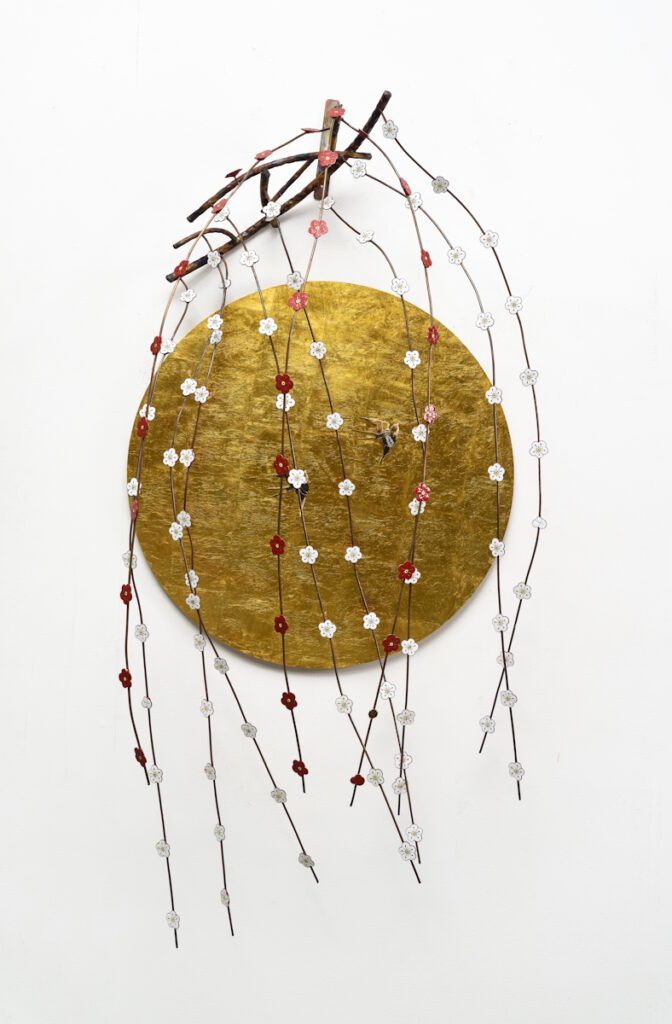
The Future is Female’s location is also symbolic. The Garrison Chapel, a Grade II-listed chapel which was built at Chelsea Barracks in 1859 only accepted men until it was deconsecrated.
“To bring this celebration of exemplary talent in contemporary sculpture to The Garrison Chapel is a fantastic honour. Women still experience a lack of recognition within art, but particularly sculpture. The Future is Female goes some way to redressing this balance whilst showcasing a diverse section of some of the most exciting women working in the field today.”
“The art world has made some remarkable strides within the last years when it comes to representation of women, but there is still a long way to go. Sculpture particularly lags behind other mediums. With ‘The Future is Female’ we are taking some of the best women working in contemporary sculpture and giving them a platform.” Niki Gifford, Curator and Art Communicator
The Future is Female follows a wave of exhibitions and events which have boosted the representation of female creators in the art world. In June 2023 the National Portrait Gallery reopened after a complete rehang of its collection, intended to increase its number of works depicting women (from 37% to 48% in its post-1900 galleries). In September, Marina Abramović became the subject of the first retrospective given to a female artist in the Royal Academy’s 250-year history. The year before, Veronica Ryan became just the second woman of colour to win the Turner Prize, while Sonia Boyce became the first British woman of colour to win the Golden Lion at the Venice Biennale.
Despite the progress, the data paints a more sombre portrait. Just 1% of the collection at the National Gallery in London is made up of art by women (the museum’s first major solo exhibition by a female artist didn’t happen until Artemisia Gentileschi in 2020). Just 32% of the works acquired for Tate’s collection in 2021 were by women and non-binary artists, according to the Freelands Foundation’s <Representation of Women Artists in the UK during 2021> report. In the US, only 11% of the art acquired at 31 US museums between 2008-2008 were of work by female-identifying artists, according to the 2022 Burns Halperin report.
The art world also has a gender pay gap problem. In her analysis of 5,000 paintings sold across the world, the artist, author and academic Helen Gorrill found for every £1 a male artist earns for his work, a woman earns a paltry 10p.
The disparities in the sums received for artworks at auction confirms this. Jeff Koons holds the record for the most expensive painting sold at auction by a living artist ($91m/£78m for <Rabbits> in 2019); female-record holder Jenny Saville appears much lower down the list ($12.4m/£9.5m for <Propped> in 2018). Work produced by women only accounted for around $4bn (2%) of the $196.6bn spent at art auctions between 2008 and 2019.
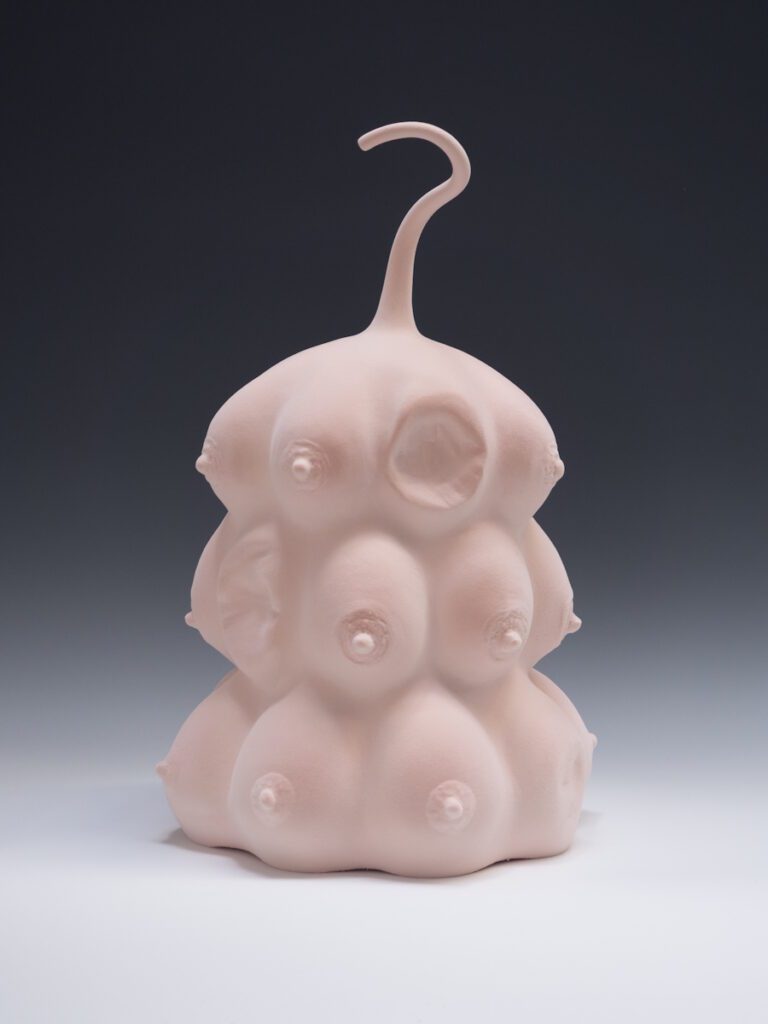
Many of the artworks in The Future is Female force visitors to contemplate challenges faced by women in the art world, while others celebrate the strength and resilience of female creators throughout history. Themes such as empowerment, representation and identity are explored, along with environmental/societal issues and the timeless essence of sculpture itself.
The Future is Female is the culmination of a long process which started last year when The Art Link/Gifford Arts/The King’s Foundation invited female artists to submit sculptures aligning with the exhibition’s themes/objectives, such as the versatility of female sculpture, empowerment and challenging stereotypes. Submissions were then reviewed by an all-female panel of curators, assessing the works on diversity of style, concept, and medium.
“This is the first time these organisations are joining forces on an artistic project. Everyone is absolutely thrilled at the overwhelming response we had to our call out, attracting a selection of remarkable sculptors, from big names to exciting emerging talent. This will hopefully be the first of multiple collaborations between our organisations highlighting the best of underrepresented talent within the art world.”
The Future is Female runs from 8 March – 6 April at The Garrison Chapel, Chelsea, London SW1W 8BG

The aim of art is to represent not the outward appearance of things, but their inward significance. – Aristotle

